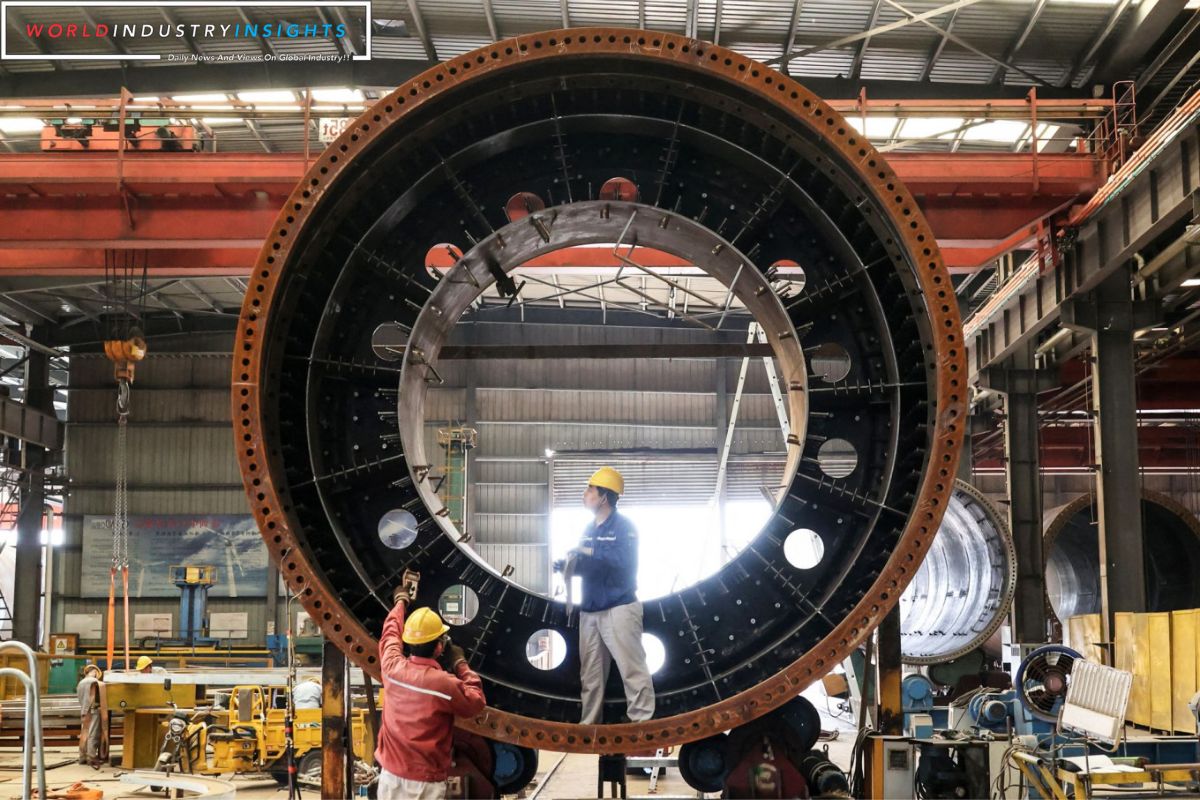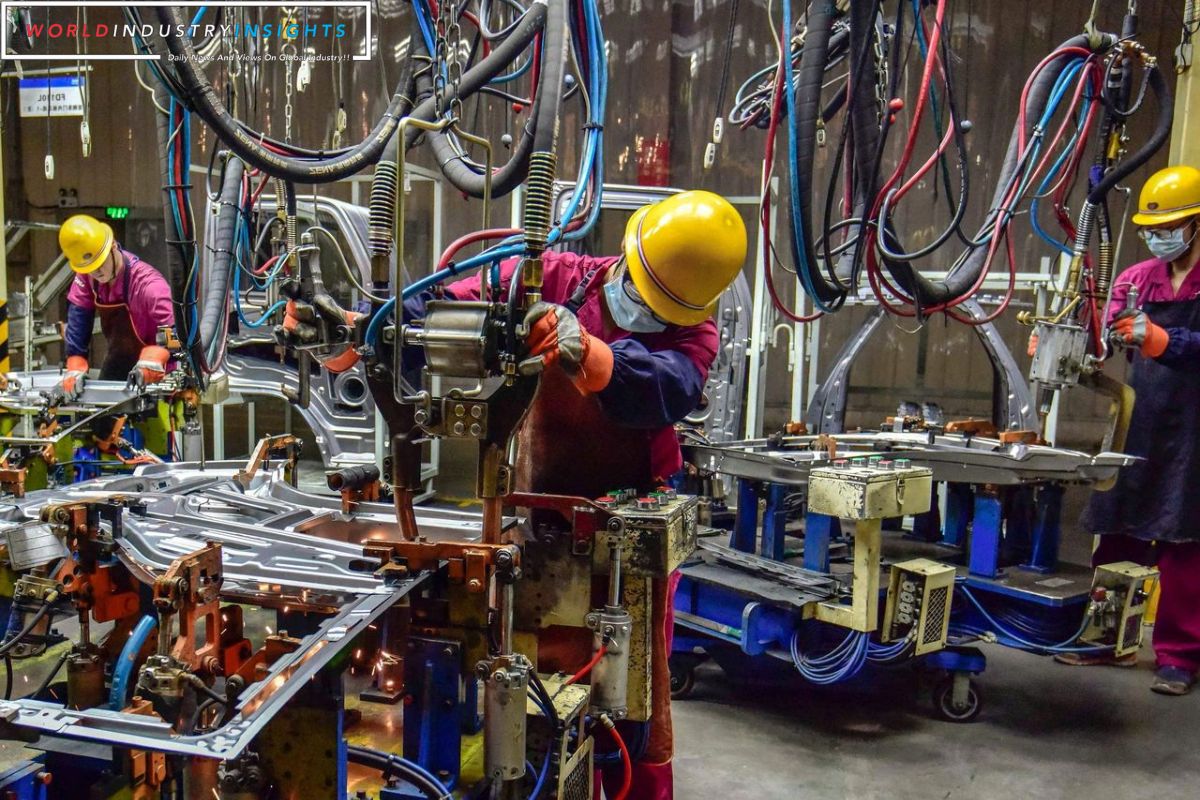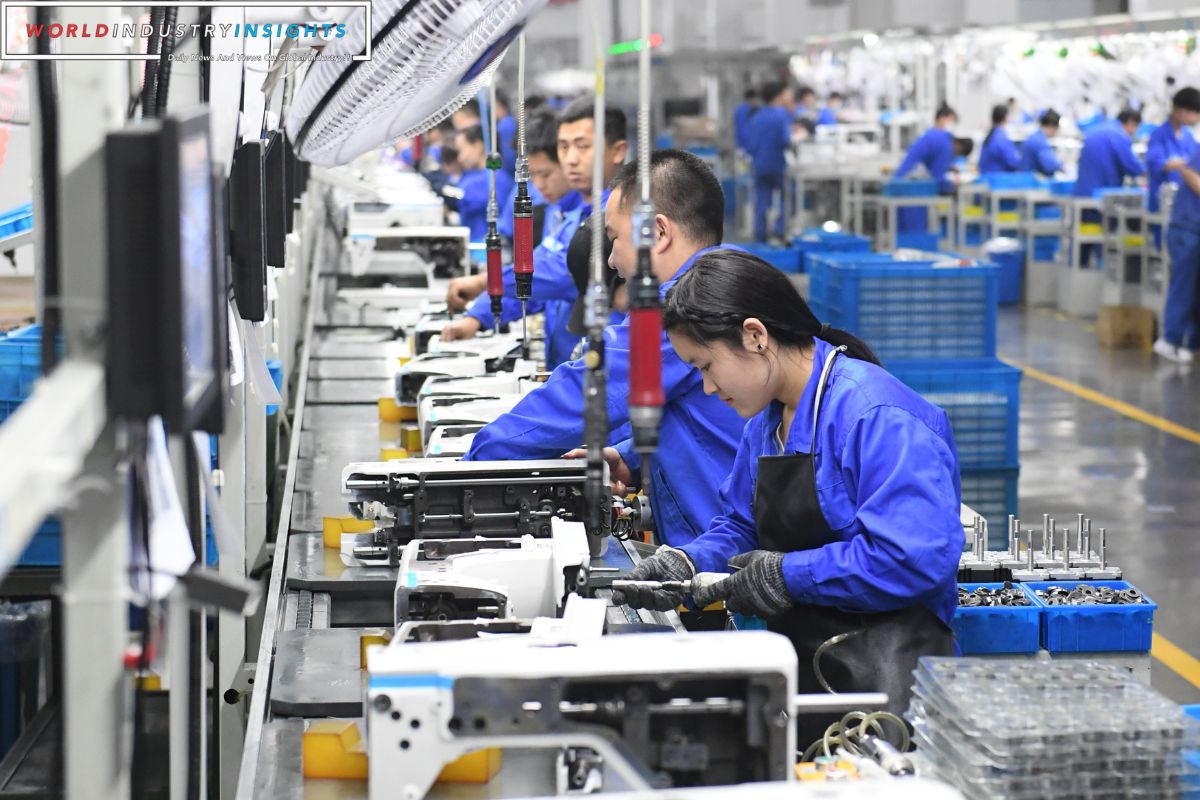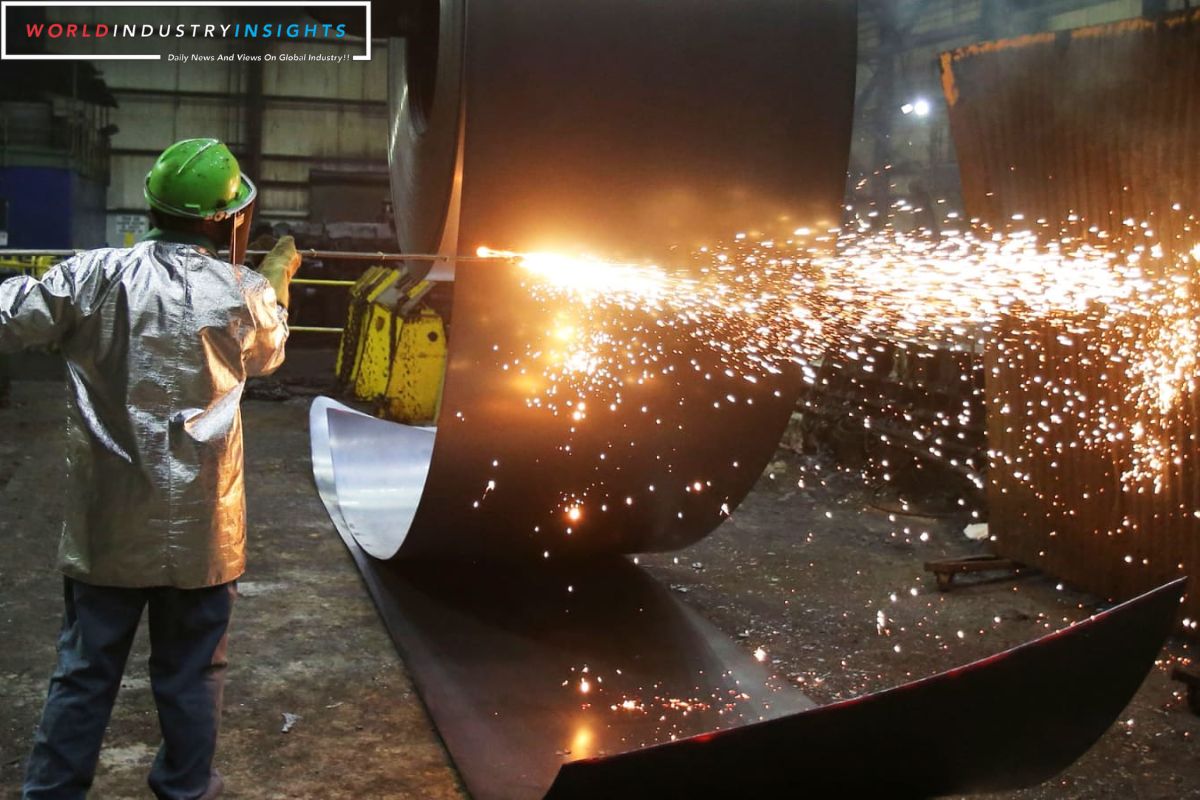China’s Manufacturing Downturn: China’s economic landscape continues to be marred by a series of challenges. The anticipated contraction in December factory activity adds another layer of concern. As the world’s second-largest economy, any indication of weakness in China’s manufacturing sector raises eyebrows not only domestically but also globally.
Despite occasional glimmers of optimism, economists are largely in agreement that the headwinds facing China’s economy are likely to persist, at least in the short term.
In this discussion, we will delve into the factors contributing to this anticipated contraction. We will also examine the measures adopted by the Chinese government to counter these challenges. Additionally, we will assess the upcoming indicators that will shed light on the future trajectory of the country’s economic growth.
Key Takeaways
- Anticipated third consecutive contraction in December factory activity
- Slowdown in global trade impacting manufacturing activity
- Unresolved trade tensions with the United States affecting the sector
- Shift towards a more consumer-driven economy contributing to declining manufacturing activity
China’s Manufacturing Sector Faces Third Consecutive Contraction: Overview
China’s manufacturing sector is on the brink of its third consecutive contraction, signaling ongoing challenges for the world’s second-largest economy. The anticipated official Purchasing Managers’ Index (PMI) for December is expected to be 49.5, reflecting subdued demand for manufactured goods.
This contraction comes as no surprise, given the persistent economic headwinds that China has been facing. The country has been grappling with a slowdown in global trade, unresolved trade tensions with the United States, and a shift towards a more consumer-driven economy. These factors have all contributed to the declining manufacturing activity in China.
Also Read: China Manufacturing Conundrum: Seeking Stability Amidst Economic Headwinds
While the government has implemented various measures to support the sector, such as tax cuts and infrastructure spending, their impact has been limited. It is clear that the manufacturing sector in China will continue to face challenges in the coming months, and policymakers must find innovative solutions to revive this crucial sector of the economy.
Economists Divided: Limited Optimism Amid Majority Predictions of Contraction
Limited optimism prevails among economists as the majority of predictions point towards a contraction in factory activity. Out of the 24 economists surveyed, a mere three foresee an expansion, with the highest forecast reaching 50.5. This stark division among economists underscores the uncertain economic climate in China.
It highlights the challenges faced by the manufacturing sector, which has been grappling with a series of setbacks including a property crisis, local government debt risks, and slow global growth. The prevailing sentiment among analysts is one of caution, as they stress the urgent need for additional policy support to address these issues.
As China’s economic growth continues to face headwinds, it is crucial for policymakers to take decisive action to bolster the manufacturing sector and stabilize the overall economy.
Key points to emphasize:
- Majority of economists predict a contraction in factory activity in China.
- Only three out of 24 economists foresee an expansion.
- The uncertainty in economic climate highlights the challenges faced by the manufacturing sector.
- Urgent policy support is needed to counteract the issues affecting the economy.
Policy Measures and Economic Stimulus: China’s Response to Economic Headwinds
In response to the economic headwinds, China has implemented a range of policy measures and economic stimulus to address the challenges faced by the manufacturing sector. These measures aim to boost economic activity and support the growth of the sector. Here is a table outlining some of the key policy measures and economic stimulus implemented by the Chinese government:
| Policy Measures | Economic Stimulus |
|---|---|
| Tax cuts and fee reductions | Increased infrastructure spending |
| Lowering of interest rates | Easing of monetary policy |
| Financial support for small businesses | Increased credit availability |
These measures are designed to stimulate investment, increase consumer spending, and boost overall economic growth. However, concerns have been raised about the effectiveness of these strategies, as new bank lending in November saw a smaller-than-expected increase. It remains to be seen how successful these policy measures will be in addressing the economic challenges faced by China’s manufacturing sector.
Navigating the economic pressures amidst a credit rating warning, China’s government reaffirms its commitment to expanding domestic demand and fostering a rapid economic recovery. Despite the potential downgrade of China’s credit rating, the government remains steadfast in its determination to address the challenges and maintain stability in the economy. Here are four key points to consider:
- Economic resilience: China has shown resilience in the face of various challenges, and the government’s commitment to expanding domestic demand demonstrates its ability to adapt and respond effectively.
- Focus on stable growth: The government’s emphasis on ensuring stable growth indicates its understanding of the importance of sustained economic development, even in the face of external pressures.
- Prioritizing recovery: By fostering a rapid economic recovery, China aims to mitigate the impact of the credit rating warning and maintain momentum in its economic growth trajectory.
- Property market concerns: The China’s credit rating warning specifically highlights concerns in the property market. The government will need to address these issues to restore investor confidence and mitigate potential risks.
Upcoming Indicators: Official PMI and Caixin Factory Survey
The upcoming release of the official PMI and Caixin Factory Survey indicators will provide valuable insights into the current state of China’s manufacturing sector and its potential impact on the broader economy.
These indicators are crucial in understanding the health of China’s manufacturing industry, which plays a significant role in the country’s overall economic growth.
The official PMI, set to be released on Sunday, will provide a comprehensive snapshot of the sector’s performance. Meanwhile, the private Caixin factory survey, scheduled for Tuesday, is expected to reveal a slowdown in its reading compared to the previous month.
These indicators collectively highlight the ongoing complexities in China’s economic landscape and emphasize the need for strategic interventions to sustain growth.
As investors and policymakers alike await the release of these indicators, the potential contraction in factory activity raises concerns about the overall health of China’s economy.
Conclusion Of China’s Manufacturing Downturn
In conclusion, China’s manufacturing sector is facing a challenging period with three consecutive contractions. While there are some economists who remain cautiously optimistic, the majority predict further contraction in the near future.
The Chinese government has responded to these economic headwinds by implementing policy measures and economic stimulus. However, there are concerns raised by credit rating warnings and the need for continued government commitments to navigate these pressures.
The upcoming indicators, including the official PMI and Caixin factory survey, will provide further insights into the state of China’s manufacturing sector.
Our Reader’s Queries
Is China manufacturing in decline?
According to Dan Wang, the chief economist at Hang Seng Bank China, the data indicates a decline in factory production and employment. Wang also suggests that this could be a result of a lack of confidence in government policies. Unfortunately, the situation is not expected to improve anytime soon due to other economic issues taking precedence.
Why manufacturers are leaving China?
The rise in labor costs in China has led to a decrease in the cost advantage of manufacturing in the country. Additionally, there are concerns about intellectual property protections, as noted by Kantar’s senior thought leader, Barry Thomas. This has left many firms feeling uneasy about doing business in China.
What is the main reason for China’s economy to decline?
China’s growth prospects are under threat due to significant structural issues, including a decline in productivity growth and an aging population. These challenges go beyond the impact of the pandemic and the severe contraction in the construction sector. To ensure sustained growth, China must address these issues and implement effective solutions.
What are the problems with manufacturing in China?
Manufacturers have been facing a major challenge in recent years due to the rising labor and operating costs. The increasing wages, stricter environmental regulations, and higher taxes are some of the factors that have contributed to this issue. As a result, it has become increasingly difficult for manufacturers to maintain profitability and sustain their businesses. However, with the right strategies and solutions, it is possible to overcome these challenges and thrive in the competitive market.




